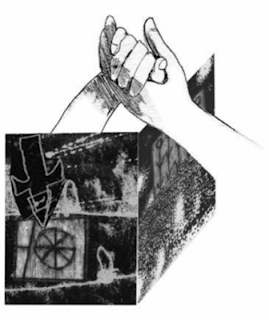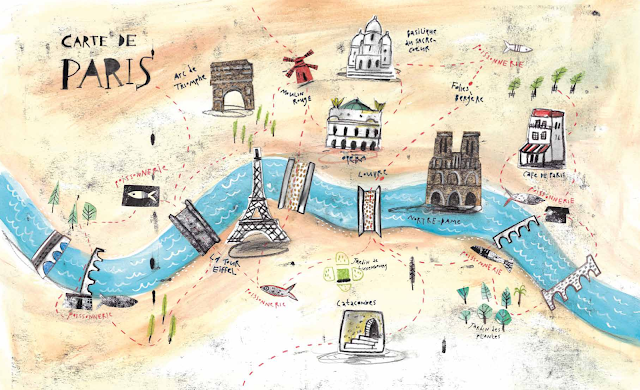The Key to Finding Jack by Ewa Jozefkowicz
(Zephyr, 2020)
When her brother, Jack, travels to Peru then goes missing after an earthquake there, Flick puts every effort into trying to locate him. The discovery of an old key, addressed and labelled 'To S.F.', sets in motion a sequence of encounters with the people who have meant the most to Jack and Flick is surprised by what she discovers about the young man (no longer a boy) that she thought she knew so well.
Ewa Jozefkowicz returns in glorious form with this intimate and heartfelt story about the subtleties of family relationships. Flick's is a sensitive portrayal of a young adolescent, coming to terms with the fact that her beloved older brother is now setting out on his own life. The bond between the two is drawn so beautifully, the love so strongly felt, that we immediately invest ourselves in the story, desperate that Jack be found.
In her previous book, Girl 84, Jozefkowicz explored the theme of age and the elderly to highlight the value of growing old and the stories held by everybody's lives. Once again, this emerges as part of The Key to Finding Jack, Flick's grandmother developing as a major character halfway through the story - both young and old have things to learn about our relationships, the author here implies.
There are many layers and sides to us all, as the story explains, but the whole book presents all kinds of ways to examine what may at first seem the mundane world of our everyday lives. Characters are plentiful, maybe more cameo-like in their in intriguing and sometimes fleeting appearances: What is Sutty's story? What does the fragmentary scene at Simon's front door tell us about the relationship between father and son? Who is the girl in the red beret that Flick continues to notice once her story has come into creation? So many stories! Like the fictional mysteries Flick alludes to at the start of the story, we are presented with all kinds of different 'pages' in the same gigantic book of life - ones that are barely explained, and only then if we are take time to see...
While online 'bubble'-life may threaten to tangle or even sever the connective threads between us all, Jozefcowicz's wise, warmly encouraging voice helps her youngest readers yet again to slow down and notice what is going on around us, to take interest in others, to find renewed love and affection towards our fellow travellers in the journey of Life.
And in doing so, there is hope to find us all.
***
Once you have read the book, I hope you will want to share it! The following questions might help you to connect with other readers and their thoughts, to compare your similarities and differences. The questions are aimed at the maturity level of Year 5/6 children and above.
Questions to think and talk about:
- How does Flick change throughout the story? Does anything about her character stay the same?
- Describe he relationship between Flick and her mum. Describe the same between her and her dad. How are the two relationships different? How are they the same?
- Are the relationships between Jack and his parents different to that between them and Flick?
- Do you think Jack will return to Peru one day? Why/Why not?
- Why is Duncan in the story? How do you think his story will continue after this story is finished?
- Is the old key that Flick finds the most important part of the plot?
- What makes writing such an important part of Flick's life? Do you think she will continue to write through her teenage years and beyond into adulthood? Why/Why not?
- What role does old age and the elderly play in the story and to the messages of the book?
- "There are layers and sides to a person that you can't uncover until you have the right clues?" What does this mean? Is this the main message of the text, or is that something else?
- The Spanish words 'Oro' and "Llave' are mentioned a lot. What do these two words mean in English? Do they have a greater significance to the story and characters than just being the names of places in Peru?
- Flick decides not to draw a spider diagram to record her investigation; what is the significance that she chooses to draw a tree instead?
- What relevance does Jack's haemophilia have to the story?
- Why does the author make a point of regularly mentioning the 10:15pm flyover of the plane?
- If this book were to win a prize, what would it be awarded it for, in your opinion?








